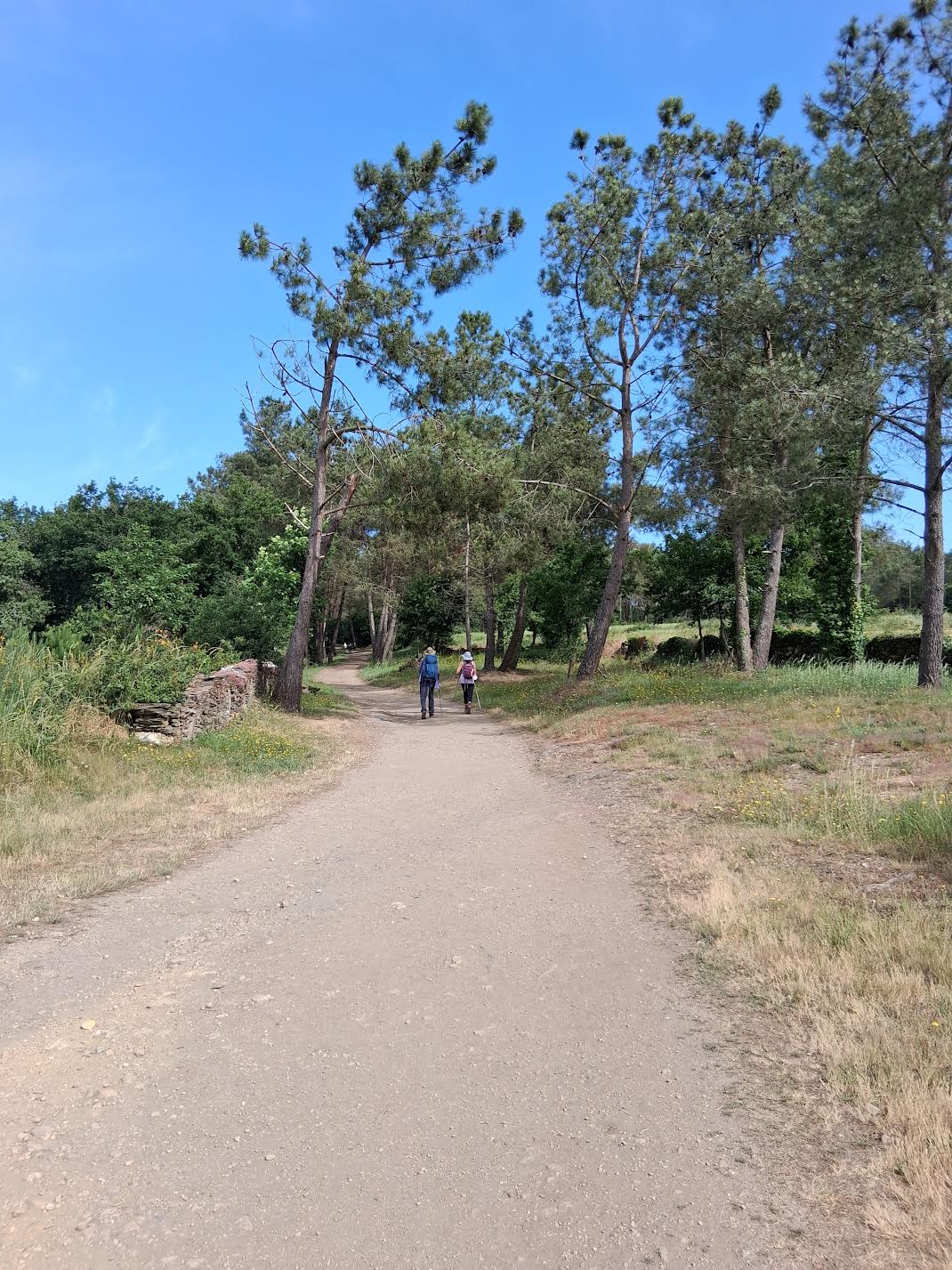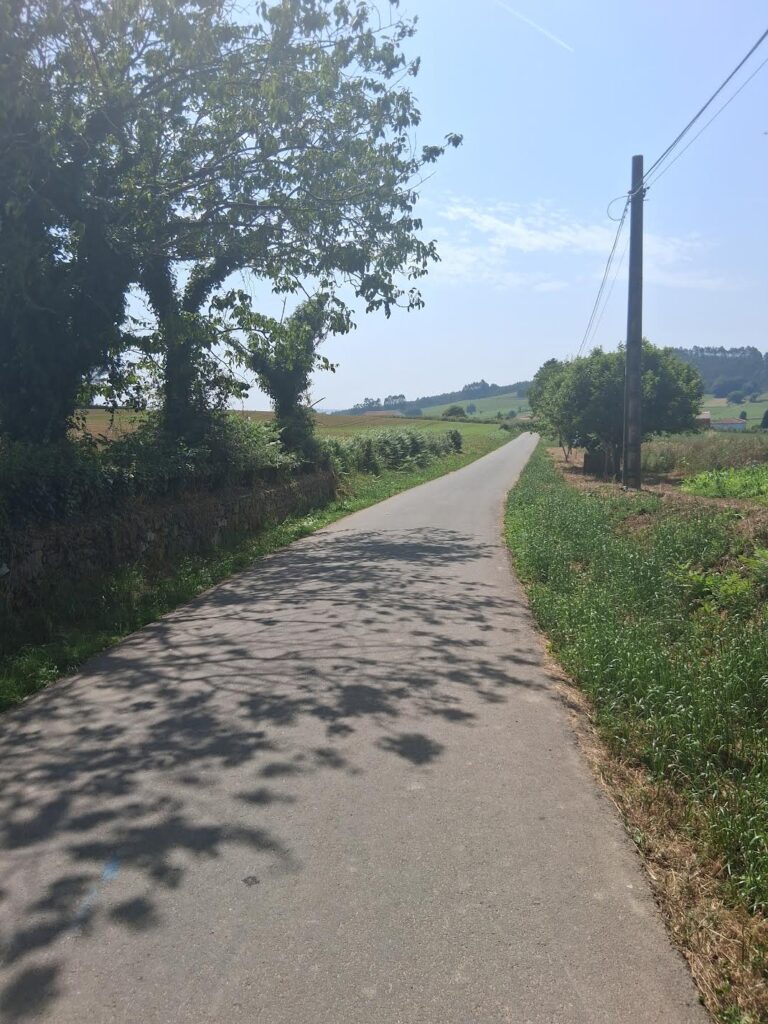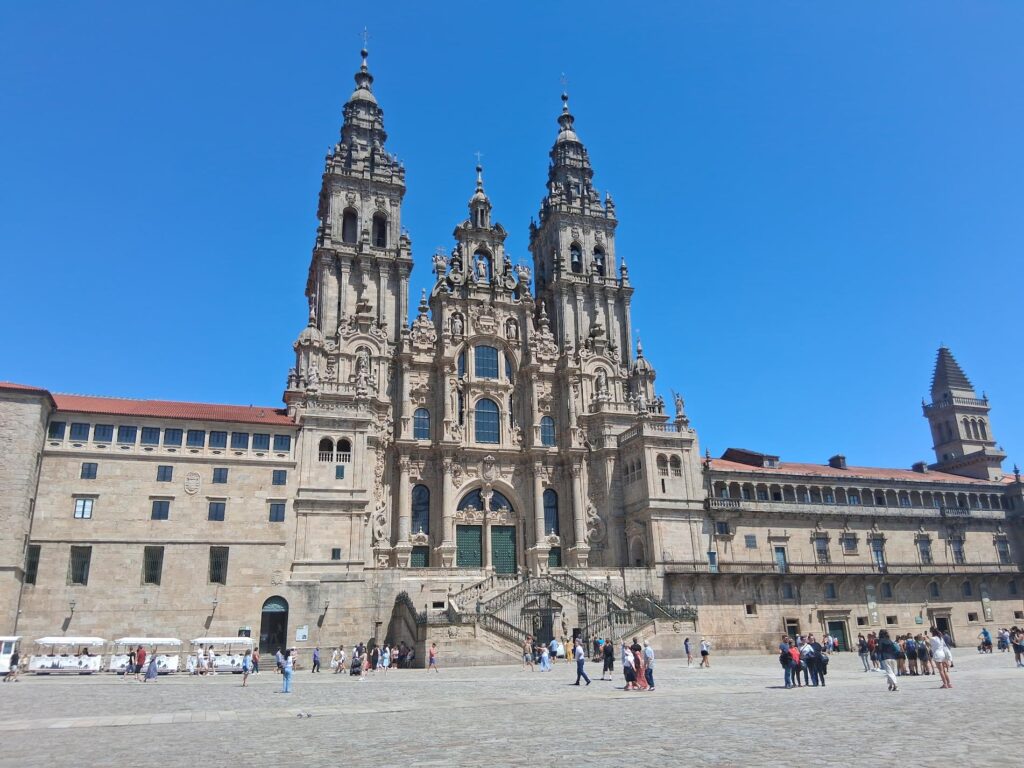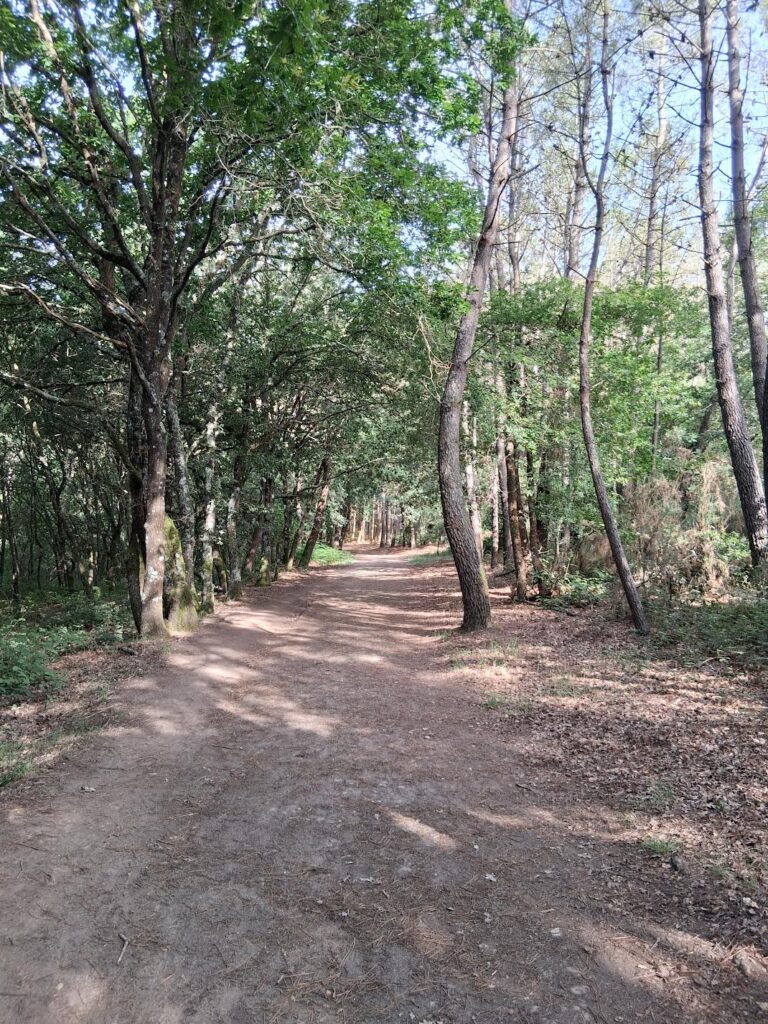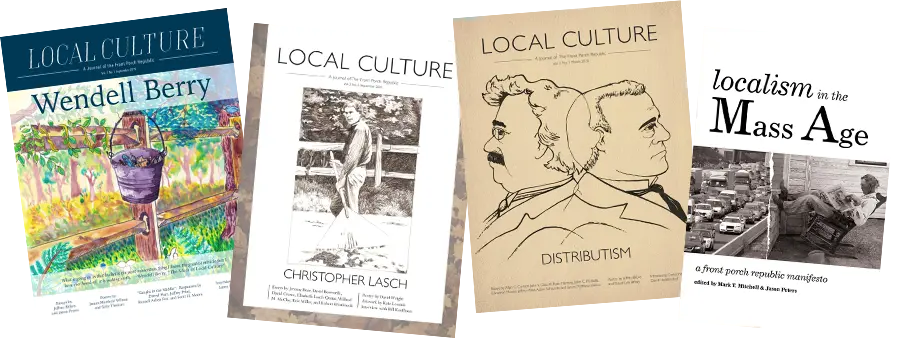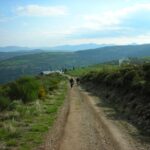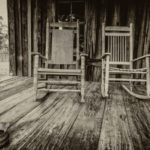I recently learned the most effective cure ever for blisters: iodine. I had no idea; and I bet your mother, like mine, told you to bandage a blister and never, ever drain it. Leave it alone, they say. Put a Compeed bandage on it and don’t touch it.
Well, it’s all nonsense. I can’t actually advise you medically (I’m not an M.D.), but I can tell you what worked recently for me: to lance those puppies and coat them with povidone iodine. You’ll not regret it.
You’ll especially not regret it if you still have 50 or so miles left to walk on the Camino de Santiago before you can put your feet up for a few days, as I did this past June when I finally lanced the blisters I’d earned in the first 25 miles of our walk. I was not surprised to get blisters, of course—to walk the Camino is to be on pilgrimage, not on a pleasant country stroll, and anyone who expects a pilgrimage to be without penance is in for a rude awakening.
But these blisters were something else. I couldn’t believe how big they were getting before I discovered the iodine (thanks to another pilgrim’s kind intervention). And what’s worse, my feet and ankles and calves were swelling up like balloons. “It’s the chafing,” one friend told me, and handed me anti-chafing lotion. The lotion helped, but not enough. It’s actually the being middle-aged, I finally determined, and elevated my feet every night and limped my way to Santiago as best I could, lacking the aid of compression socks.
We arrived at the great Cathedral of Santiago de Compostela on the Feast of Corpus Christi, and I hobbled my way in along with my fellows, a good half of us doing some version of what I learned is called the Pilgrim Shuffle. Although we arrived an hour before Mass was to begin, there were no seats remaining in the pews. It was just as well, as my swollen legs would do better stretched out on the cold stone floor. We found a spot behind a pillar, where we could somehow still see the altar. We took turns saving each other’s seats while some of us went to visit the relics of St. James, bringing intentions we had gathered in a time and place (our homes, our former lives) that seemed incalculably far away. The Mass began, and the musical setting turned out to be the same one we use at my church at home. I sang with my whole heart. Many of our prayers were beautifully answered.
Later, we limped to our hotel. Though I am sure others were hurting more than I was and complaining less, I surely limped the most visibly. I did my best to be cheerful. We discussed how many of us had developed blisters on the same (the right) pinky toe, probably due to the way the ground slanted on much of the trail. One woman quipped something to the effect that the pinky toe seemed like the least important part of the body until you got a blister on it, at which point it slowed everything down.
The joke was then extended (all in good fun) to suggest that I was the blister on the group’s metaphorical pinky toe. Slowing us all down, I suppose.
But what of it? We laughed, but it also made me think. So often, we move too fast. What happens when we are blistered and swollen and yet the pilgrimage is still there, its yellow arrows pointing us left, right, and beyond? We can stop—and sometimes we must—or we can limp forward. What a contrast there is when onward we go on the Way of St. James; what a contrast between the pain which we ignore and the beautiful surroundings, the generous and cheerful conversation, the young man who hangs back to walk with you though he could continue at twice your speed, the woman who stands with free water by the side of the trail to quench your thirst, the endless pilgrims passing hither and yon with the constant shared greeting, “Buen Camino!”
The Way of St. James is only one Way, you see. I think all of us pilgrims from our mid-June walk have discovered that once that Camino ends, you actually somehow must keep walking it into your regular life. I thought I might get a blister or two but that by the end of the walk I would be strong in body and ready to keep walking more. I was not. Instead, the pain from my knees down worked a different effect on me, one I likely needed even more after leaving the trail: it drew me entirely out of my intellectualizing, analytical mind and called me completely into the senses. More to the point, it called into physical reality the fact that only trust in God can really move us forward, for I sometimes couldn’t myself fathom walking one more mile. My strength on the Camino ended up coming from elsewhere than my own two feet.
Christians learn in Sunday school that Christ is the Way, the Truth, and the Life. Yet while we do step onto that Way as best we know how, we usually then seek to remake it; to direct it; to find and read and alter to our specifications, if you please, its map. But on the Camino, all we can do is place our feet and follow the arrows. We have no idea whether an ascent or descent, café or fountain, city or eucalyptus forest, will appear around the next bend. But we do have the power to give our consent, to stay on the path and keep shuffling our feet. (Sometimes with the welcome help of iodine!) That is the strength I discovered on the Camino, within myself and my fellow pilgrims.
Indeed, we need not even shuffle our feet—we need only consent to their movement. We can simply and boldly expect our feet to be placed for us, as difficult as this is for a modern, competent, self-regarding being to believe. John Henry Newman had it right in his nineteenth-century verse:
Keep Thou my feet
I do not ask to see
The distant scene
One step enough for me
Photos by Dixie Dillon Lane.

